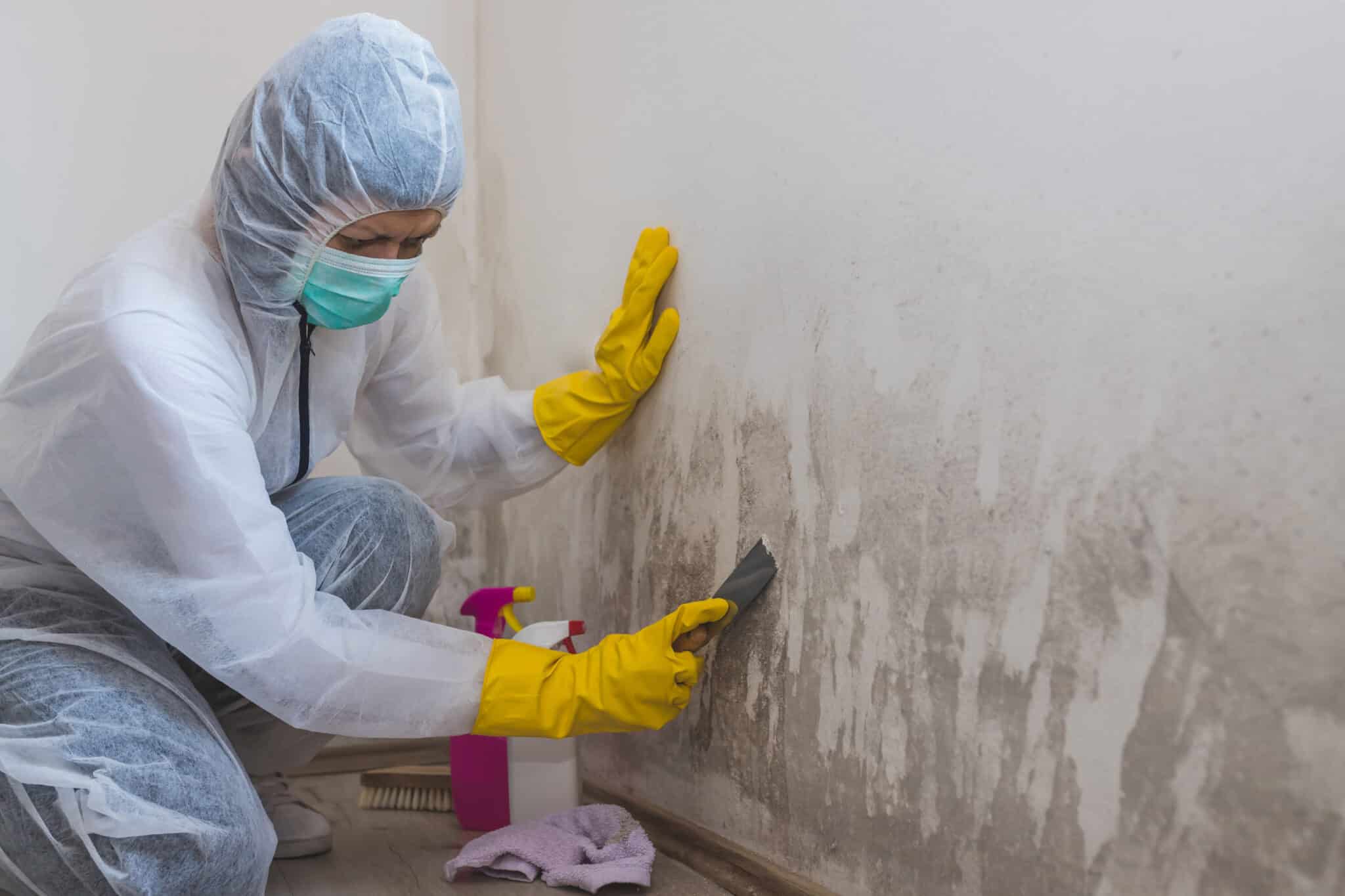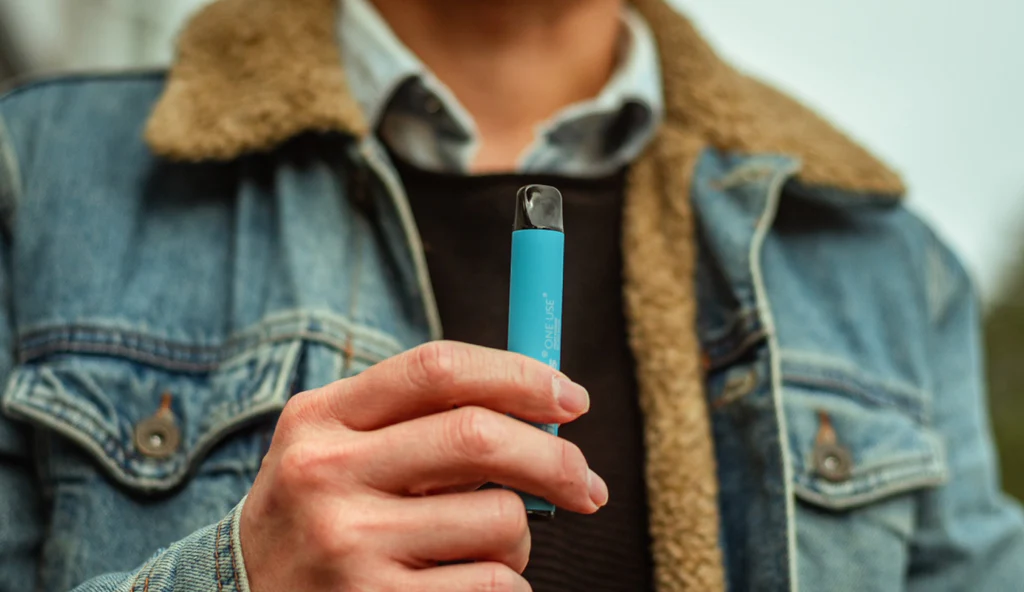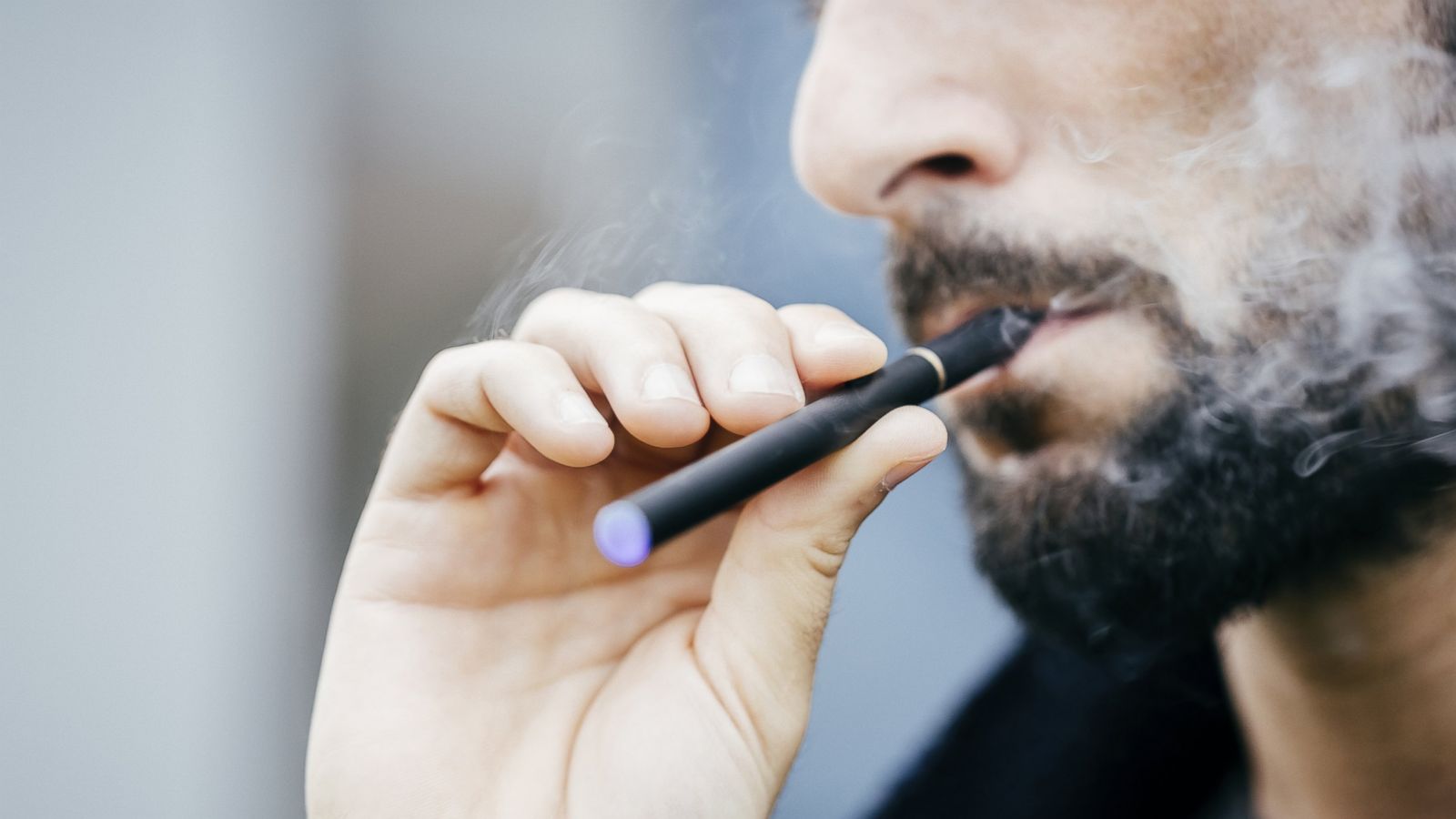Mold remediation is a crucial task for any property owner, as mold can pose significant health risks and cause substantial damage to structures. This comprehensive guide will provide you with essential information about water damage clean up, including the identification of mold, steps involved in the remediation process, and preventive measures to avoid future mold issues.
The Dangers of Mold
Mold is a type of fungus that thrives in damp, humid environments. It can grow on various surfaces, such as walls, ceilings, carpets, and furniture. Exposure to mold can cause a range of health problems, including respiratory issues, allergic reactions, and, in severe cases, infections. Therefore, understanding and implementing effective mold remediation is vital to ensure a safe and healthy living environment.
Identifying Mold Problems
The first step in mold remediation is identifying the presence and extent of mold in your property. Signs of mold infestation include:
- Visible Mold Growth: Mold can appear as black, green, white, or even orange spots on surfaces.
- Musty Odors: A persistent musty smell is often an indicator of mold.
- Water Damage: Stains or discoloration on walls and ceilings from water damage can be a breeding ground for mold.
- Health Symptoms: Persistent allergic reactions or respiratory issues in occupants can signal mold problems.
Steps in the Mold Remediation Process
- Inspection and Assessment: A thorough inspection by mold remediation professionals is the first step. They will identify the source of moisture and the type of mold present, which is crucial for developing an effective remediation plan.
- Containment: To prevent mold spores from spreading during the remediation process, containment strategies are employed. This often involves sealing off the affected area with plastic sheeting and using negative air pressure.
- Air Filtration: High-Efficiency Particulate Air (HEPA) filters are used to capture airborne mold spores. Air scrubbers and HEPA vacuums help maintain air quality throughout the mold remediation process.
- Mold Removal: The removal of mold can vary depending on the severity of the infestation and the materials affected. Non-porous surfaces can be cleaned with specialized solutions, while porous materials like drywall and insulation may need to be removed and replaced.
- Drying and Dehumidification: Eliminating moisture is key to preventing future mold growth. Dehumidifiers and industrial fans are used to dry out the affected areas thoroughly.
- Cleaning and Sanitizing: All affected items and surfaces are cleaned and sanitized to remove mold spores. This step often involves using antimicrobial treatments to ensure that mold does not return.
- Restoration: The final step in mold remediation is restoring the area to its original condition. This may involve repairs such as replacing drywall, painting, or even more extensive structural repairs, depending on the damage caused by the mold.
Preventing Future Mold Growth
Effective mold remediation not only addresses the current mold problem but also includes measures to prevent future issues. Here are some preventive tips:
- Fix Leaks Immediately: Repair any leaks in the roof, walls, or plumbing promptly to prevent moisture accumulation.
- Control Humidity Levels: Use dehumidifiers in damp areas like basements and ensure proper ventilation in bathrooms and kitchens.
- Regular Inspections: Conduct regular inspections to detect and address potential mold issues early.
- Improve Ventilation: Ensure that your property has adequate ventilation to reduce humidity levels and discourage mold growth.
When to Seek Professional Help
While minor mold problems can sometimes be managed with DIY methods, significant mold infestations require professional mold remediation services. Professionals have the necessary expertise, equipment, and protective gear to handle large-scale mold problems safely and effectively.
In summary, mold remediation is essential for maintaining a healthy and safe indoor environment. By understanding the steps involved and taking proactive measures to prevent mold growth, you can protect your property and the health of its occupants. If you encounter a severe mold problem, don’t hesitate to contact a professional mold remediation service to ensure thorough and effective treatment.


